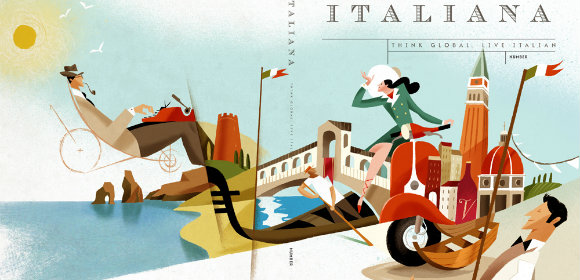19+ Magazine Examples to Download
It is totally normal for people to search and read information as well as entertainment. This information may take the form of facts regarding animals, people, races, arts, history, and many others while entertainment may be in the form of fun, games, music, puzzles, and many other interesting topics.
Although we take things and information seriously, there are times that we wanted something to read for entertainment. This is the reason why magazines are a perfect fit for any topic that you wanted to read as magazines are very versatile. It can feature different topics depending on the type of magazine that you are reading. From business to design, entertainment, fashion, and livelihood, a magazine has a lot more to offer. For more visit magazine templates.
Key Elements of a Magazine
In creating your magazine, there are some key elements that must be present in your magazine, and these are as follows:
Headline: In a magazine layout design, a headline is the most important element as it is responsible in getting the interest of the reader. It may be in various sizes, but it must be bigger than any other text elements in the page for it to be recognizable even at first glance. It must be interesting and compelling so there is a greater chance that your article will be read.
Kicker: A kicker, intro, or stand-first is an introductory paragraph of the main content introducing a reader to an article. While the headline catches the attention of the reader, your kicker carries forward the interest of the reader by providing a compelling introduction to the whole article, setting its tone as well as summarizing the entire article. Its font size must be smaller than the headline but can be slightly bigger or a little bolder than the rest of the article.
Body: This is the detailed part of a magazine article. Keeping your body well-written will engage the reader to continue and finish reading your article. It must be arranged in proper columns and rows in order to improve readability. It is recommended to have a uniform and consistent length of the body throughout all the articles in a magazine.
Bylines: This element features acknowledgment of the person or team working on the article. The author’s name is usually written under the headline of the article with a font size similar as that of the text in the body.
Subhead: For articles with multiple subtopics, a subhead can be useful in breaking the article into various sections. Its font must be smaller than the headline but must be bigger or bolder than the body text.
Quotes: Quotes can also be very useful in conveying story to your reader. Paired with images, this can create a highly visual impact, making the article more interesting and easy to read. The quote can be verbatim, and it could also be a summary of the few points in a quote or an excerpt. It is recommended that quotes must be in a font different from the font used in the body for a maximum impact to the reader.
Captions: In order to explain the details of the images, captions must be placed preferably below or beside the picture. It must be a complement of the photo, describing what is the relevance of the image in the article. Its font size can be similar to that of the body or can be a little smaller.
Section Head: Section heads are usually placed at the top of every page, helping the readers in navigating through the pages easily. Its font is usually smaller than that of the text in the body, and it must be designed in a manner that it will not be distracting to the readers.
Panel: Boxes or panes can also create an impact to the reader when placed with important and interesting information and facts that are related to the main article. It can be statistics, dates, or anything factual in nature in which the reader must know in order to fully understand the article.
10 Magazine Templates
Architect Magazine Cover Page

Basketball Magazine Cover Design
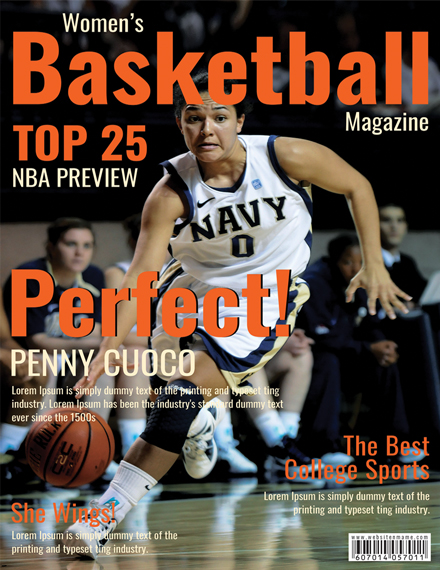
Bridal Wedding Magazine Sample
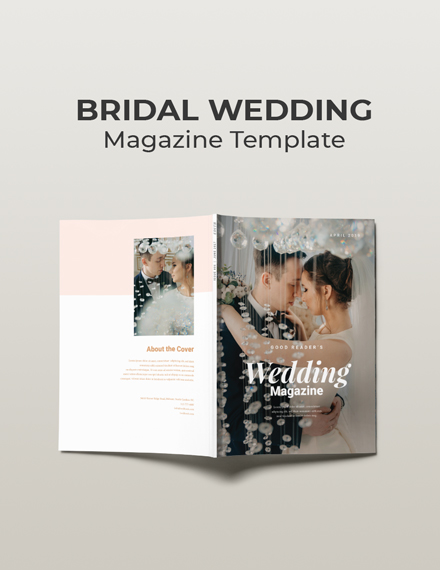
Clothing Magazine Template
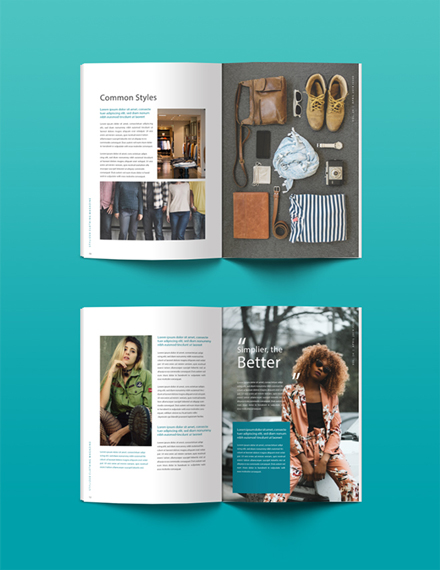
Cooking Magazine Design
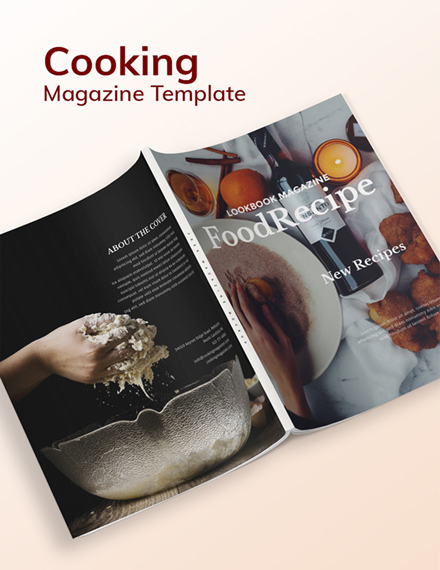
Design and Tech Magazine
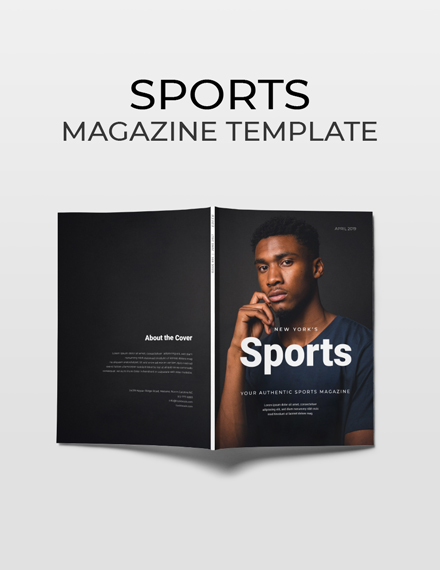
Fashion Magazine Template
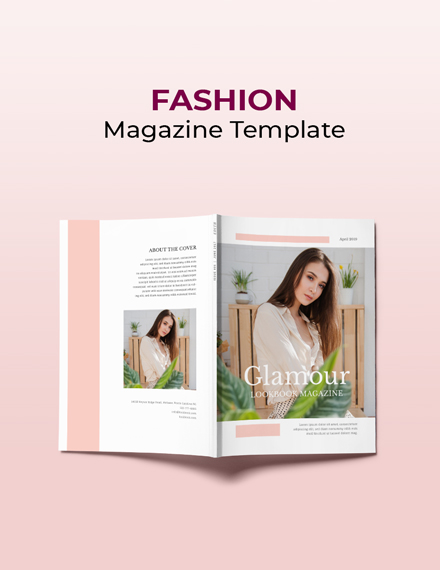
Photographer Magazine Design
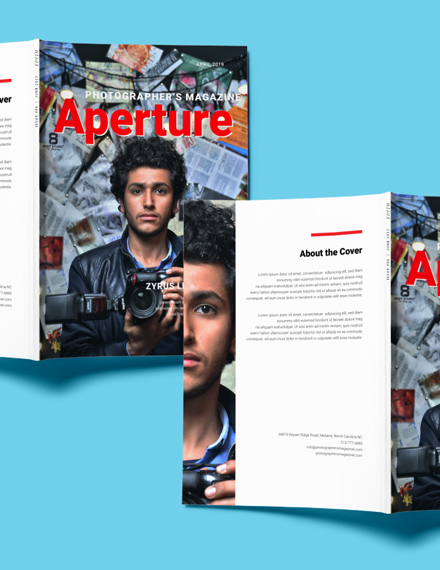
Studio Magazine Sample
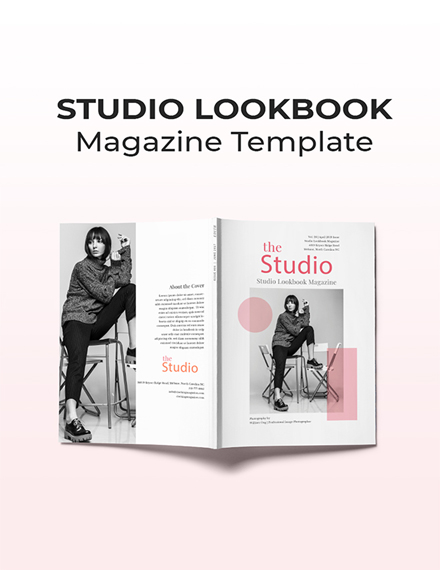
Travel Magazine Template
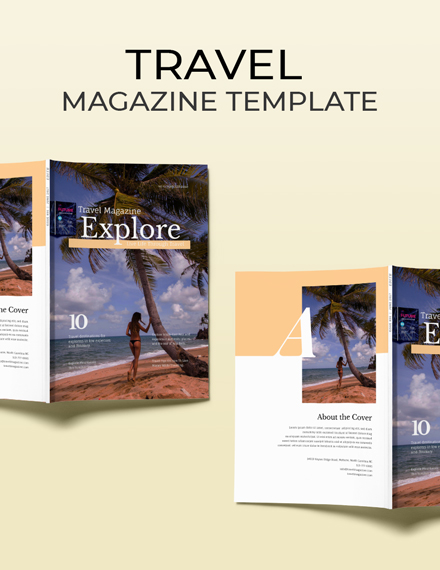
Template Details
10 Popular Magazine Examples
Elle Magazine Example
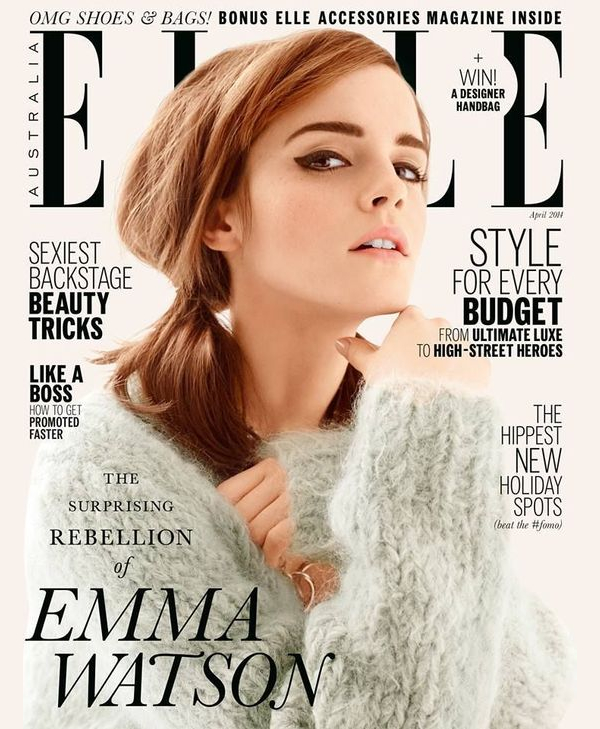
Time Magazine
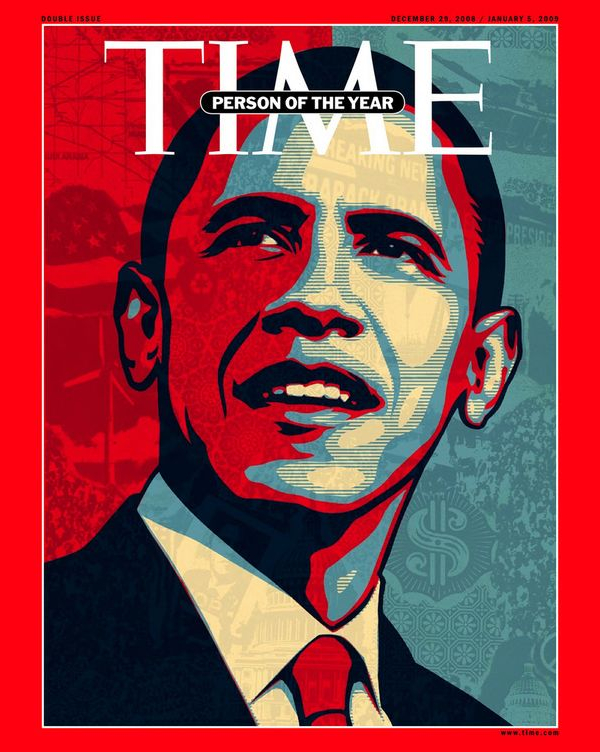
People Magazine
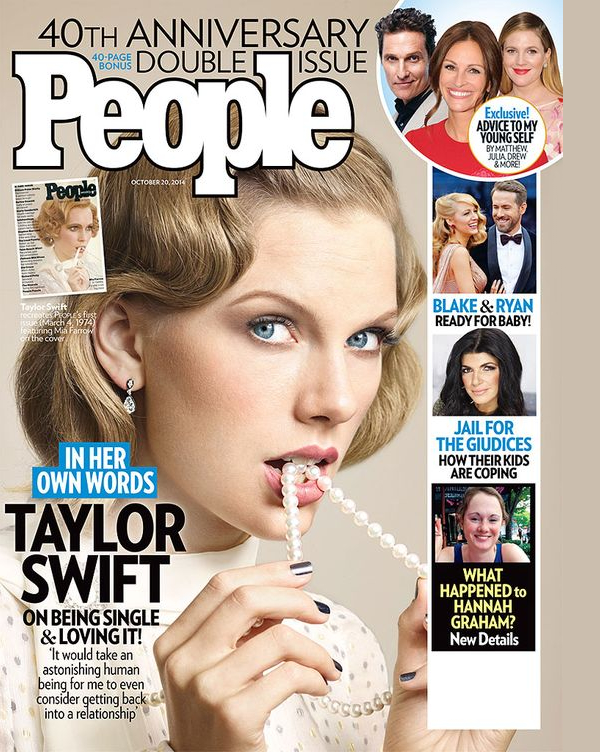
Vogue Magazine
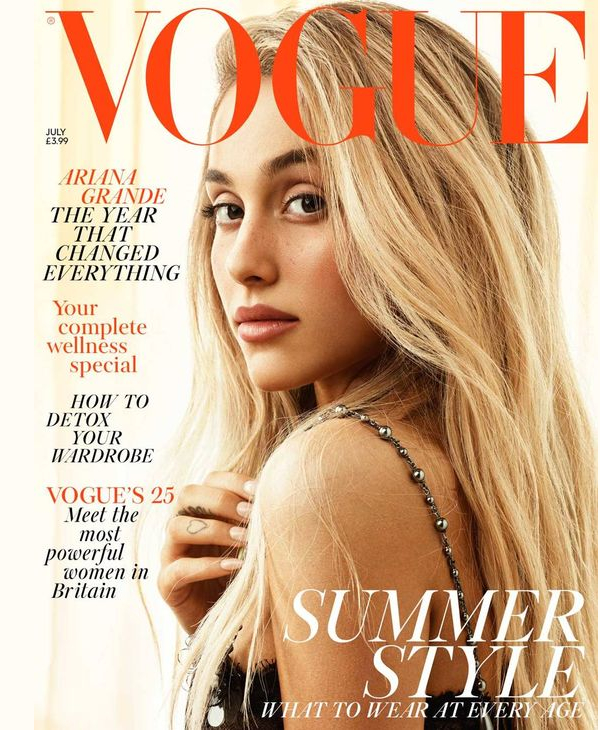
Maxim Magazine
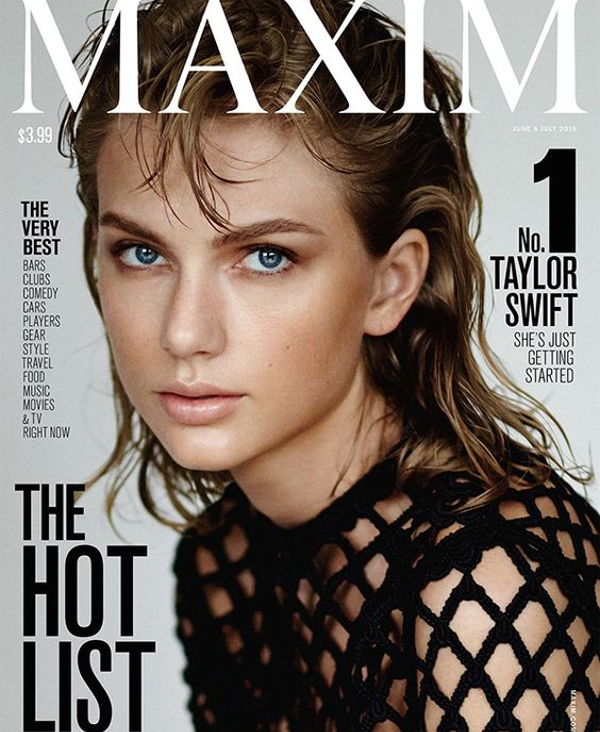
XXL Magazine Example

Rolling Stone Magazine

Seventeen Magazine Example

L’officiel Magazine

Cosmopolitan Magazine
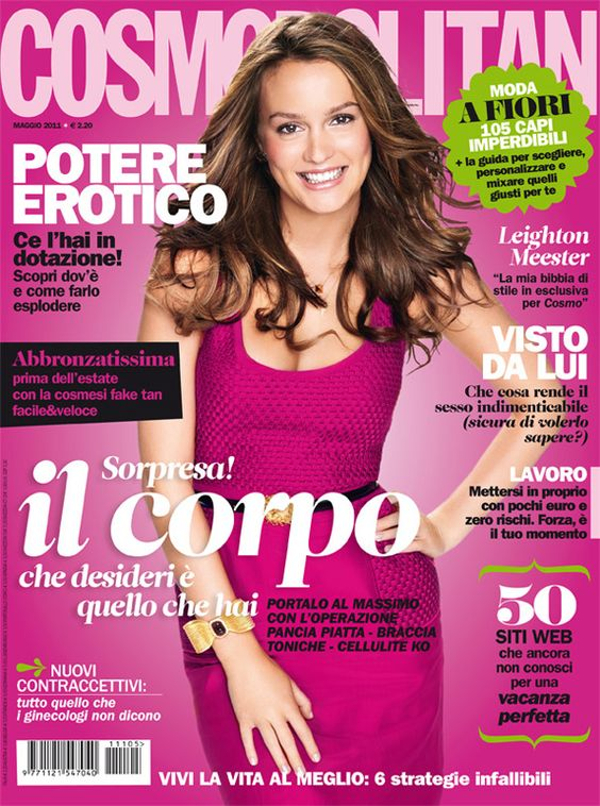
How to Create a Magazine
Creating a magazine may not be as easy as 1, 2, 3, but it is surely something that you can accomplish through research, creative mind, and dedicated heart. Here are the simple steps in creating a magazine. Additionally, tips for publishing and distributing your magazine are also presented below.
Gather Ideas
- Choose a topic.
- Identify your target readers.
- Carefully research your topic.
- Refer to other related magazines.
- Specify your mission statement.
- Decide for your title.
Creating the Content
- List your ideas for your article.
- Gather your team.
- Write the articles.
- Hire or consult designers.
- Layout your magazine.
- Work on the magazine cover.
Publishing Your Magazine
- Create a sample.
- Look for partners and advertisers.
- Search for and contact printers.
- Determine the printing costs.
Distributing Your Magazine
- Determine the magazine cost.
- Sell subscriptions.
- Look for distributors.
- Launch an online version.
Types of Magazines
Magazines are broadly categorized into two: general interest magazines and special interest magazines. Discussions of these are presented below.
General Interest
The focus of this type of magazine is on different subjects, providing information for the general audience and in a general manner. It usually provides broad coverage of topics that are of interest to the general public. General interest magazines are usually written by journalists, staff correspondents of the magazine, and even freelance writers. They are often heavily illustrated with photographs to create an interest to the reader. Some of these magazines are published by professional organizations while most are published by commercial enterprises.
Special Interest
In this type of magazine, the topic is directed at specific group of readers with common interests. It caters to the different interests or pursuits of different groups of people, for example, sports, news, fashion, music, business, and lifestyle. It covers only a particular and specific element of general subject. More and more marketers have created special interest magazines as the target market for a specific magazine can easily be determined, that is, according to the topic discussed in the magazine. Special interest magazines can be categorized according to the following genres:
- Farm magazines. These magazines feature information and current issues related to the agricultural sector and contain information about farming equipment and practices, ideas and technology in raising unusual livestock, growing crops, techniques for nutritious crops, and other articles in the field of agriculture.
- Sports magazines. Usually, these magazines feature articles and stories regarding sports. Photos are among the important key elements in this magazine aiding the reader to understand more on the article being presented. These magazines provide columns, profiles of players in different sports, scores, statistics, and even analysis of the game. Moreover, reviews, interviews, expert advice, season previews, as well as predictions can also be included.
- Business magazines. These magazines are usually inclined to the field of business and related areas like accounting, banking, finance, management, marketing, and sales. Moreover, they provide news and reviews on current issues in the world of business as well as news about trends and developments in global business and financial markets.
- Entertainment magazines. You can easily determine entertainment magazines through their glossy page. They feature original stories, scandals, and exclusives about celebrities in different entertainment fields such as film, music, and TV. Moreover, also featured are cultural criticisms, lifestyle trends, as well as shopping guides.
- Automobile magazines. Illustrated with vibrant photography of various automobiles, these magazines feature different examinations of the automotive universe, providing interesting automotive news and insights into emerging trends in automobiles. Moreover, updates in the industry as regards to newly arrived cars and bikes, recommendations to buyers, reviews of some vehicles, and many others are also featured in this magazine.
- Children’s magazines. These magazines provide entertainment to children, giving them memories of their childhood that could last a lifetime. This is to to engage children to learn their environment as well as new things by providing them colorful images, read-aloud stories, and fun activities such as games, activities, and crafts that can be participated by both the parent and the child.
- Women’s magazines. These magazines provide information as an educator, family counselor, beauty specialist, lifestyle expert, and a lot more concerning women. Photographs are usually incorporated, making them more appealing and attractive. They usually focus on women’s personal style like how they look, dress, and think. They are a reflection of the spirit of woman as they are moving with trends and styles.
- Men’s magazines. In these magazines, usually featured are men’s latest style tips, travel guides, and lifestyle. They also provide advice and information useful to men on different topics such as money, cars, adventure, and health.
- Literary magazines. These magazines are usually devoted to literature, publishing short stories, poetry, essays, book reviews, biographical profiles of authors, literary criticism, and any topics related to literature. This is to promote literature, preserve indigenous literature, and provide a platform for creative writers to voice out their opinions.
Sizes of Magazines
- Standard size (8.5 × 11 inches). This is the most common and economical size of a magazine page.
- Digest size (5.5 × 8.5 inches). You can observe that this size is half of the standard size. Hence, it is smaller than a journal size magazine. The production for this size of magazine has been increasing since the magazine with this size is convenient to carry around or to leave on the coffee table or office lobbies.
- Other sizes. Other magazines may come in sizes larger or smaller than the standard sizes such as the A4 size; however, they are not usually produced by companies as the printing cost per square inch is usually higher than that of the standard size.


